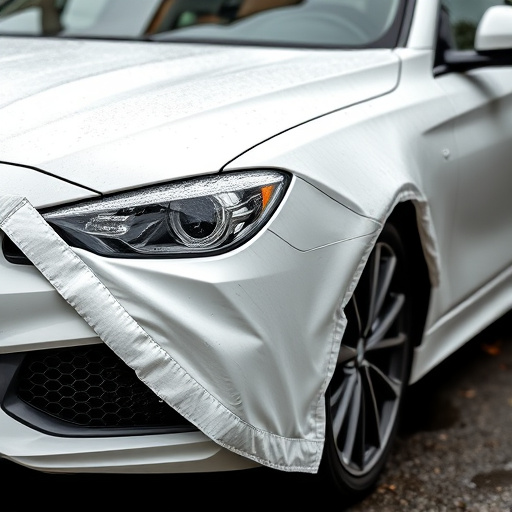Door edge protection is crucial for preserving vehicle aesthetics and structural integrity, shielding doors from scrapes, scratches, chips, and cracks. Options include custom graphics, vinyl wraps, and protective coatings. Choosing the right tools for installation ensures precise application and proper adhesion. Installation involves gathering high-quality guards, cleaning door edges, applying adhesive or primer, and smoothing strips for optimal UV protection.
Door edge protection is a crucial addition to any property, offering both aesthetic appeal and practical benefits. This article explores the best tools for installing door edge protection, providing a comprehensive guide for a successful DIY project. We’ll delve into different types of door edge protection, highlighting their advantages. Then, we’ll navigate choosing the right installation tools and present a step-by-step process to ensure a neat, professional finish.
- Understanding Door Edge Protection: Types and Benefits
- Choosing the Right Tools for Installation
- Step-by-Step Guide to Installing Door Edge Protection Effectively
Understanding Door Edge Protection: Types and Benefits

Door edge protection is a crucial component for maintaining and enhancing the longevity of vehicles, especially those with frequent door openings and closings. This protective layer serves as a barrier against various elements like scrapes, scratches, chips, and cracks that can occur at the door edges due to everyday use and environmental factors. Understanding these benefits is essential when considering the best tools for installation.
There are primarily three types of door edge protection: custom graphics, vinyl wraps, and protective coatings. Custom graphics offer a personalized touch, allowing vehicle owners to showcase their style while providing impact resistance. Vinyl wraps, on the other hand, provide an affordable way to transform the look and feel of door edges with various colors and designs. Protective coatings are designed to seal and shield the door edges from UV damage, rust, and corrosion, ensuring long-lasting protection against the elements.
Choosing the Right Tools for Installation

When it comes to installing door edge protection, selecting the appropriate tools is a crucial step for achieving a flawless finish. The right tools ensure that the protective strips are applied with precision and adhere properly, enhancing the overall look of your vehicle. Consider the nature of your project; if you’re tackling this as part of a wider car customization or paint correction endeavor, specialized tools designed for such tasks will come in handy. These may include tape rollers, applicator guns, and precise cutting knives.
For those focusing solely on door edge protection, basic tools like a utility knife and a straight edge can be sufficient. However, for more complex installations, especially when dealing with curved edges or intricate designs, investing in higher-quality tools is beneficial. This ensures better control, reducing the risk of damage to your vehicle’s paintwork during the application process, and ultimately leading to a more professional finish—a key aspect of any successful car customization endeavor.
Step-by-Step Guide to Installing Door Edge Protection Effectively

Installing door edge protection is a straightforward process that can significantly enhance the exterior and interior condition of your vehicle, especially during daily driving conditions. Start by acquiring high-quality door edge guards from reputable automotive detailing stores or online platforms. Look for products made from durable materials like plastic or rubber to ensure longevity. Once you have your tools ready, park your car on a level surface, engage the parking brake, and open all doors to gain easy access.
Begin by cleaning the door edges with a soft cloth soaked in soapy water. This step is crucial as it ensures proper adhesion of the protection film. Remove any debris or dirt using a small brush if needed. After cleaning, dry the area thoroughly. Then, apply a thin layer of adhesive or primer (included with most kits) to the door edge using a squeegee or the provided application tools. Position the edge protector strips carefully, pressing them firmly against the door for a secure fit. Smooth out any bubbles or gaps to ensure optimal UV protection and complete coverage.
Door edge protection is a crucial addition to any home or commercial space, enhancing security and preventing damage. By understanding the different types and their benefits, you can make an informed choice. With the right tools at hand, installation becomes a seamless process. Follow our step-by-step guide for a successful DIY project, ensuring your door edges are protected with minimal effort.














